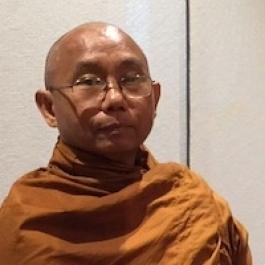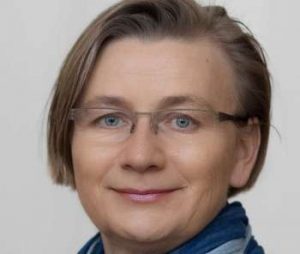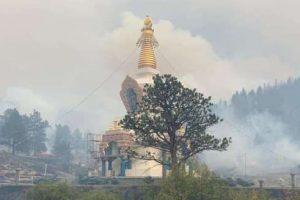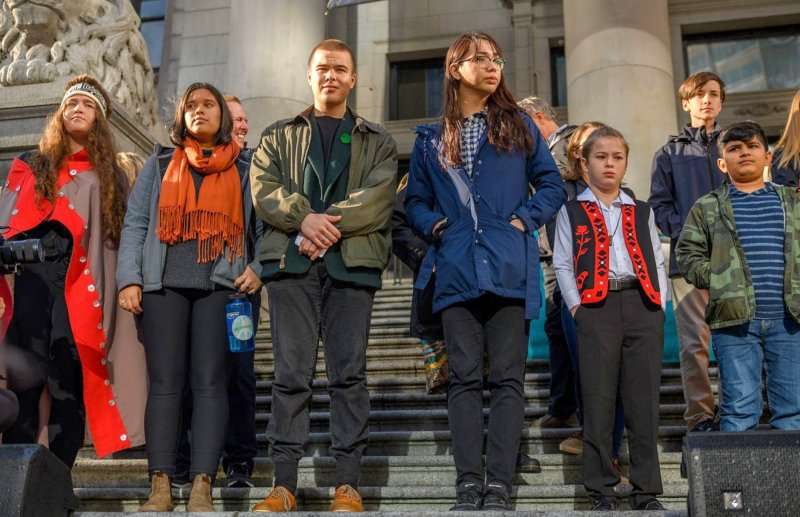
One of the Earth’s most precious resources are youth leaders from many countries who are mobilizing to vocally share their demands regarding climate change. This diverse group includes Indigenous climate activists, who are rallying and protesting for their very survival and cultural future. “Indigenous” means produced, growing, living, or occurring natively or naturally in a particular region or environments. It also means innate or inborn. Whether one is newly immigrated to a given region or has lived there for generations, being indigenous as a youth climate activist means caring deeply about the future survival of the place, peoples, and species as interdependent aspects of nature.
This struggle is even more heartfelt for Native or First Nations youth, whose ancestry is interwoven with genocide, ecocide, and lands poisoned, depleted, or stolen by colonizers.
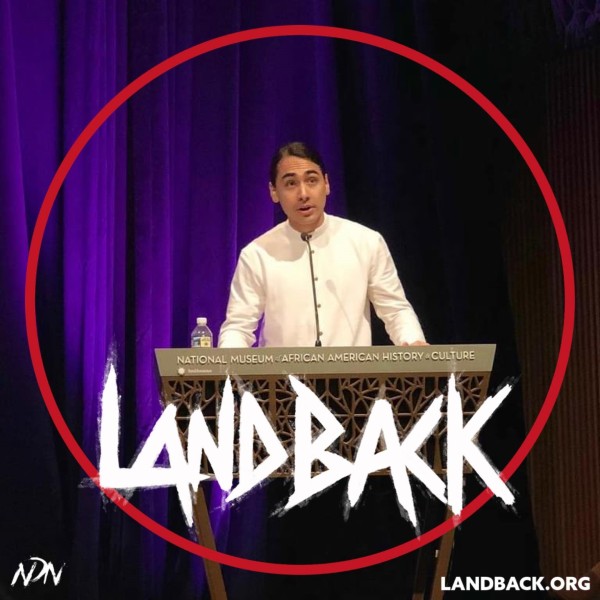
For many Native youth activists—whether they are protecting water sources, animal species, fishing and hunting rights, land use, or the very survival of their peoples’ language and culture— their methods and means of protest are deeply rooted in spiritual connection to the Earth and all her creatures. The Land Back movement to restore stewardship of traditionally tribal lands back to first Nations peoples is just one key part of climate activism. Likewise, another key part consists of efforts to protest proposed, or shutdown existing oil pipelines across tribal lands and waters.
Julian Brave NoiseCat is a member of the Canim Lake Band of Secwepemc (Shuswap) Nation of central British Columbia, Canada, and was raised in Oakland, California. He founded the Sunrise Movement and now works for Data for Progress, an American progressive think tank, on initiatives such as Climate Ambition & Equity. This involves working through polling, policy, and protest to support initiatives including the Green New Deal and other alternative energy projects, as well as educating the public on climate issues. The manifesto for Land Back begins:
It is the reclamation of everything stolen from the original Peoples.It is a relationship with Mother Earth that is symbiotic and just, where we have reclaimed stewardship. It is bringing our People with us as we move towards liberation and embodied sovereignty through an organizing, political and narrative framework.*
This declaration and actions mean reclaiming some aspects of sovereignty for both the lands and the peoples that belong to the land. Public lands need better stewardship: protection from mining, deforestation, exploitation of resources, over-grazing, and pollution.
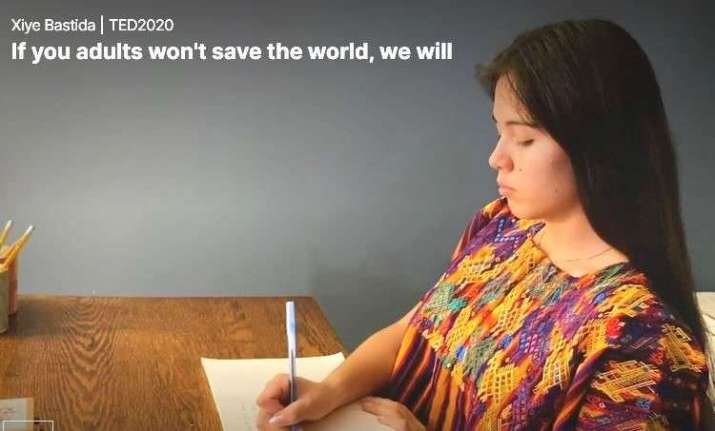
Fridays for Future is an international organization involving youth who speak out and strike from school in order to raise awareness and influence political decisions in support of climate justice. This organization comprises a web of far-flung young activists—especially during the pandemic—who are able to connect with one another online as well as in their local areas. One such activist, New York resident Xiye Bastida, whose family lineage comes from San Pedro, Tultepec, Mexico, gave a moving TED talk in fall 2020 in the form of a spoken letter to her grandmother in Mexico. In her impassioned talk she related how “the universal disconnect to our planet” inspires her to follow her beloved abuelita’s wisdom to “leave everything better than you found it.”** Bastida works hard to promote climate justice, Indigenous rights, and international cooperation.
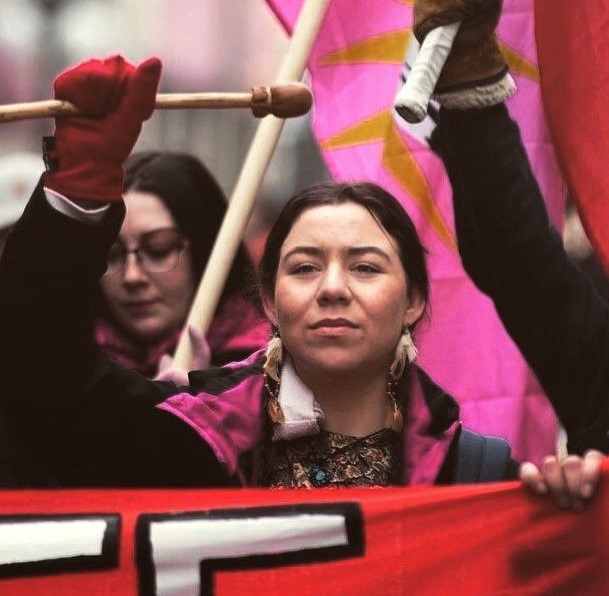
Another inspiring figure is Sophie Sidarous, a member of the Metepenagiag Mi’kmaq Nation in New Brunswick, Canada. She has led student protests at the University of Ottawa in support of hereditary Wet’suwet’en [First Nation] Chiefs’ recognition, as well as water rights and natural gas pipeline protests. Sidarous puts it plainly as to why Indigenous students must be at the forefront of climate activism: “We’re going to be in positions of power soon, so the more that people take initiatives on this now will impact them later on when they’re in positions of power or in any field that they’re studying. Wet’suwet’en in this context, and Indigenous people, no matter what field of study you’re in, this will be impacting you one way or another.”***
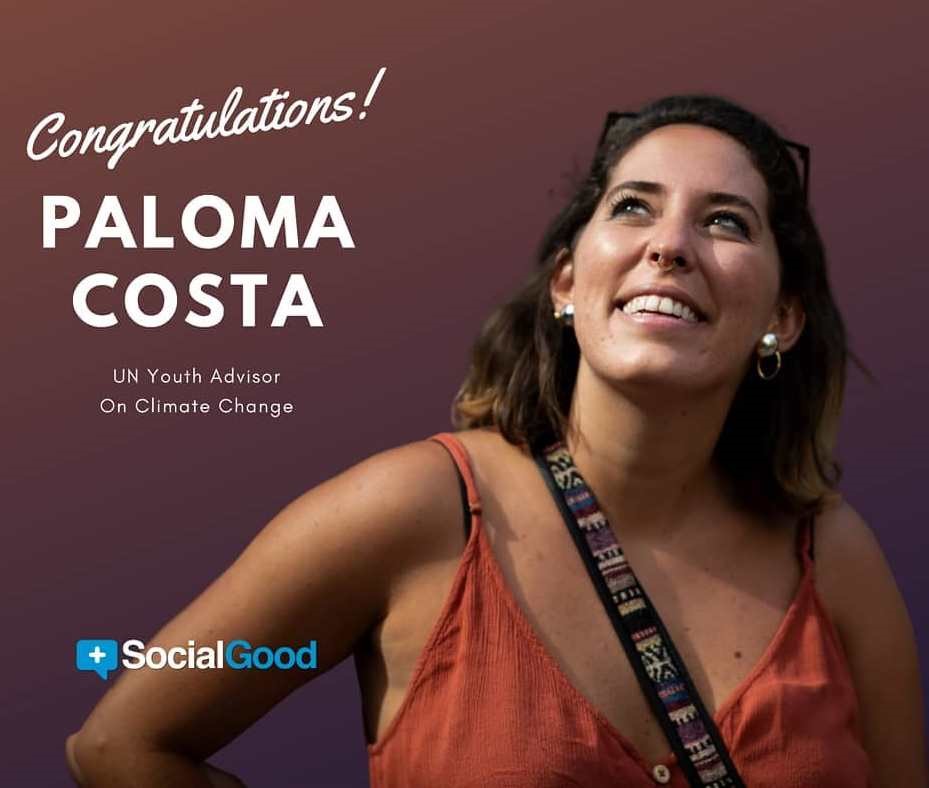
Paloma Costa is a young law student and environmental activist from Brasília who coordinates the climate branch of Engajamundo, a youth organization focused on socio-environmental education and activism. As she says: “Any drastic change we want to do has to be done collectively. It is like in Environmental Law: it is useless if one country has good and perfect laws, but the neighbor, where the source of a river is, has polluting policies. . . . It is not enough if just some few countries commit to more audacious goals.”**** Therefore, her organizations, including Ciclimáticos, educate and mobilize on issues of national and international climate concern.
Costa and compatriots are deeply concerned with the future of humanity, which has been drowning in the spoils of capitalism, causing apparent short-term gain for a select few and yet short- and long-term loss for many, especially marginalized and Indigenous Brazilians. As Costa puts it: “The central goal is, has always been, and will always be life.” Rampant capitalism is not leading toward systems that are sustainable for life. Rather, it is degrading and poisoning much of life on Earth, as well as causing the extinction of species, which are not recoverable.
Being an environmental activist is often a dangerous path, at times ending in untimely death for a percentage of South and Central American—and African—activists, killed for their part in protecting lands and waters dominated by corporations and greed: “About two-thirds of all the murders of the world’s environmentalists happen within the [Latin American] region. The world’s four most dangerous countries for environmentalists are all in Latin America, as Global Witness ranks Honduras, Colombia, Nicaragua, and Guatemala as the deadliest places per capita.”***** Despite these harsh truths, both young and mature environmental activists persevere in their work with courage and leadership.

Xiuhtexcatl Martinez is a Colorado-born hip-hop artist who founded Earth Guardians, a youth organization that uses art, music, and storytelling to address climate issues and solution: “Earth Guardians is an intergenerational organization with youth at the forefront that trains diverse youth to be effective leaders in the environmental, climate, and social justice movements across the globe—using art, music, storytelling, on the ground projects, civic engagement and legal action to advance solutions to the critical issues we face as a global community.”
Of all the activities this organization has been engaged in since 1992, one unique facet is their EarthTracks app, which “challenges people worldwide to make small behavioral shifts that collectively result in a massive impact on climate change. Acting like a Fitbit for the planet, our app aggregates data about our personal and collective impact, educates people on how we can reduce our personal footprint on a day-to-day basis, while also connecting Earth Guardians’ global community of 300+ crews.”******
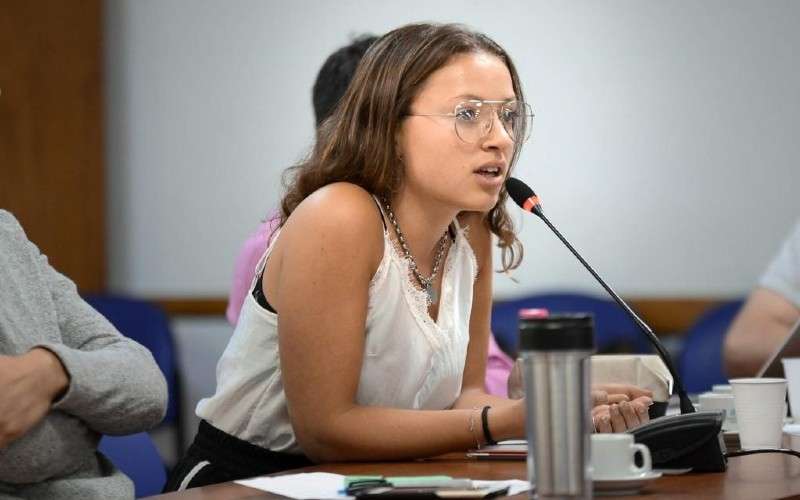
Nicole Becker, from Buenos Aires, is a student of international law and an activist for renewable resources and the decline of fossil fuel dependence. She states: “When I started to understand that climate change is a social issue and not just an environmental one, I switched my degree from psychology to international law. I co-founded Jóvenes Por El Clima, a movement that talks about climate change from a Latin American and human rights perspective. In 2019, we successfully pushed to have the country declared a Climate and Ecological Emergency and to sanction the first Climate Change Law.”
Becker has high hopes for the COP26 gathering, that real change can be made: “From Argentina, I hope that the Escazú Agreement (an environmental human rights treaty) will be ratified, that waste incineration will be prohibited, that an adequate budget will be allocated to the Forestry Law, and that a just transition toward renewable energy sources, not more support of oil and gas, will come.”*******
May the hard work, commitment, and hopes of these and countless more youth climate activists be actualized in the very near future, for all our sakes.
** If you adults won’t save the world, we will | Xiye Bastida (YouTube)
*** U of O Indigenous students organize walk-out, awareness session for Wet’suwet’en First Nation (Fulcrum)
**** UN Member Of The Youth Advisory Group, Paloma Costa Talks About A Greener World (Fair Planet)
***** Honduran environmentalist killed as Latin America struggles to protect its environmental activists (Latin America Reports)
****** Profile: Nicole Becker, 19, Argentina (Global Climate Strike)
See more
Canim Lake Band of Secwepemc (Shuswap) Nation
Young Climate Leaders to Know (Covering Climate Now)
From a Young Climate Movement Leader, a Determined Call for Action (Yale Environment 360)
Who We Are (Zero Hour)
Climate Justice Ambassadors: We Make Ourselves Heard (Plant for the Planet)
The Standing Rock Generation Is Changing the World (Rolling Stone)
Acts of Resistance: Indigenous Youth Take On Gov’t Of Canada (Loose Lips Magazine)
We Are XR Youth (Extinction Rebellion Youth)




